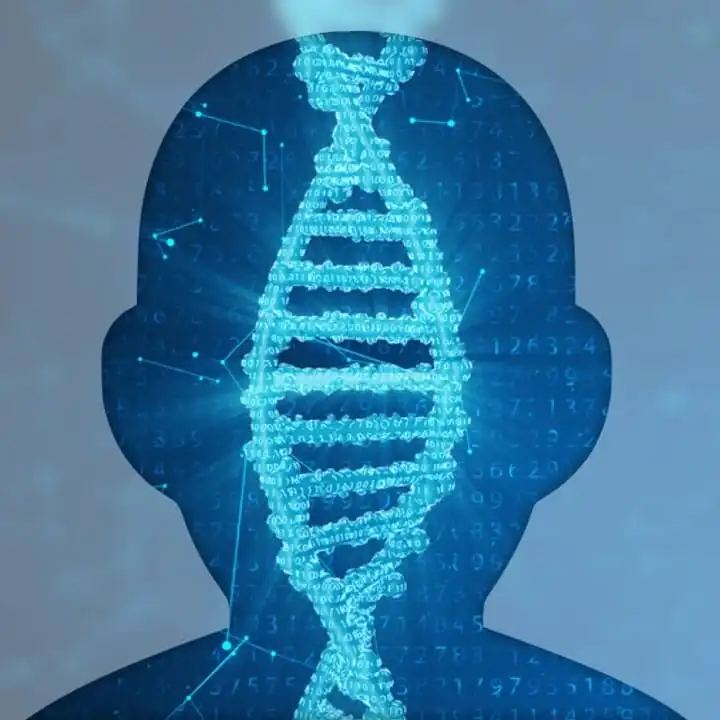What is Schilbach-Rott syndrome?
Schilbach-Rott is a rare genetic syndrome that presents with distinct facial features, including facial asymmetry and widely spaced eyes. The syndrome is also characterized by anomalies relating to a cleft palate. The syndrome affects multiple parts of the body- including the musculoskeletal and nervous systems.
This syndrome is also known as:
Blepharofacioskeletal Syndrome; BRSS; Cleft Palate, Hypotelorism, and Hypospadias; Ocular Hypotelorism, Submucosal Cleft Palate, and Hypospadias
What gene changes cause Schilbach-Rott syndrome?
No gene has so far been associated with this syndrome. Some genes associated with holoprosencephaly have similar clinical characteristics.
What are the main symptoms of Schilbach-Rott syndrome?
- The main symptoms of the syndrome affect the facial features of affected individuals. This includes the eyes. Underdeveloped eyelids, and widely spaced eyes, are a common feature of the syndrome.
- Other unique facial features of the syndrome include small ears, a small mouth, and a long and prominent nose.
- Short stature is a typical feature of the syndrome, often accompanied by webbed fingers and toes.
- In some cases, mild developmental delay and intellectual disability are also present in affected individuals.
Possible clinical traits/features:
Clinodactyly, Upslanted palpebral fissure, Phenotypic variability, Microcephaly, 3-4 finger cutaneous syndactyly, Talipes, Single transverse palmar crease, Pectus carinatum, Autosomal dominant inheritance, Submucous cleft hard palate, Thin vermilion border, Pointed chin, Posteriorly rotated ears, Microtia, Micrognathia, Neurological speech impairment, Narrow mouth, Tapered finger, Long face, Long hallux, Long nose, Intellectual disability, mild, 2-3 toe cutaneous syndactyly, Displacement of the urethral meatus, Prominent nose, Clinodactyly of the 5th finger, Epicanthus, Enlarged thorax, Abnormality of the pinna, Cleft palate, Arachnodactyly, Blepharophimosis, Attention deficit hyperactivity disorder, Bifid uvula, Hypoplasia of the zygomatic bone, Short stature, Hypotelorism, Hypospadias, High anterior hairline, Hernia of the abdominal wall, Broad forehead, Cognitive impairment.
How is it diagnosed?
To find out if someone has a diagnosis of Schilbach-Rott, it is important to have a consultation and evaluation with a clinical genetic specialist. Specialists may also suggest specific genetic testing or other types of tests to help reach a diagnosis. FDNA’s AI technology can help speed up the diagnostic process by analyzing facial features and other health information.
